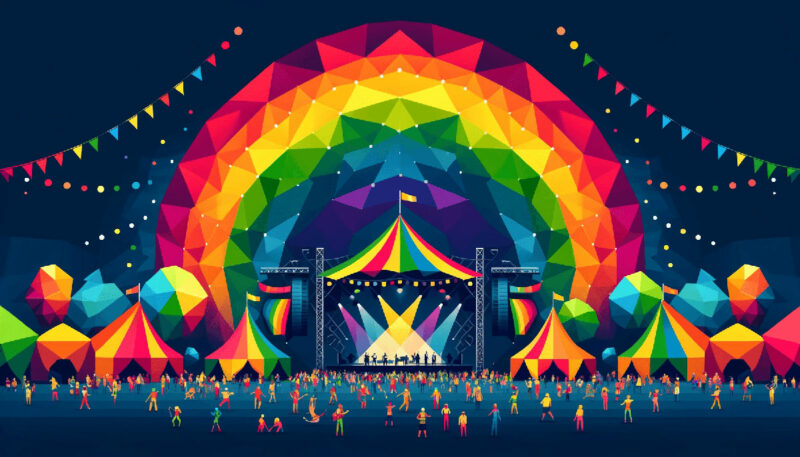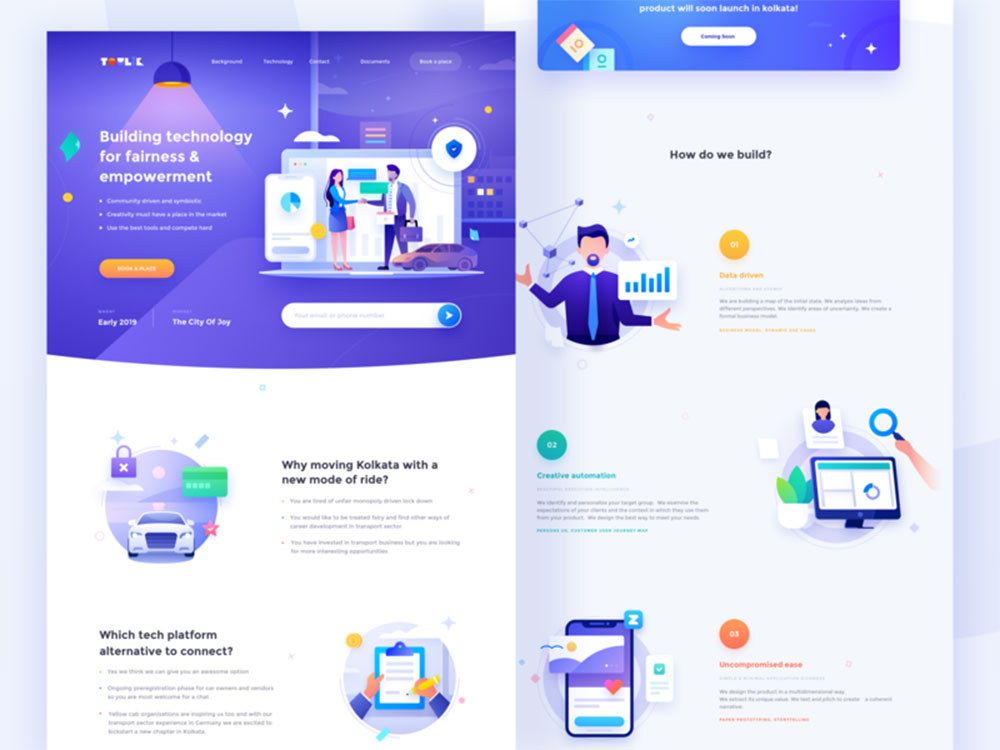Flyer Designs: Where Creativity Meets Impact

Flyers have long been an integral part of marketing strategies, serving as powerful tools to capture attention, convey information, and drive desired actions.
In today’s competitive landscape, where consumers are constantly bombarded with various forms of advertising, the need for captivating and impactful flyer designs has become more crucial than ever.
This article will explore the art of creating effective flyer designs that strike the perfect balance between creativity and impact.
Advantages of Using Flyers as a Marketing Tool
Flyers offer several advantages as a marketing tool. They are cost-effective, easily customizable, and allow for targeted distribution.
With a well-designed flyer, businesses can reach a wide range of potential customers relatively quickly.
Furthermore, flyers provide a tangible and physical representation of a brand’s message, allowing for a more personal and engaging experience.
Historical Significance of Flyers in Advertising
Flyers have a rich history dating back to ancient times when they were used to announce events, promote goods, and disseminate information.
Over the centuries, flyers have evolved alongside advancements in printing technology and design practices.
From the early hand-drawn broadsides to the modern digital age, flyers have remained a versatile and impactful medium for communication.
Elements of Effective Flyer Designs
Headline and Subheadings
The headline of a flyer plays a crucial role in capturing attention and enticing the reader to engage further.
It should be concise, impactful, and highlight the main message or offer. Subheadings can break down information, create a visual hierarchy, and guide readers through the content.
Visual Elements
The visual elements of a flyer, such as images, graphics, and illustrations, play a vital role in attracting attention and conveying the desired message.
High-quality and relevant visuals can evoke emotions, communicate the brand’s personality, and create a memorable impression.
Typography
Choosing the right fonts for a flyer is essential for readability and brand consistency. Bold and legible fonts should be used for headings and important information, while body text should be easy to read. Creating a typography hierarchy helps emphasize critical details, like photo size changer, and guides the reader’s attention.
Layout and Composition
The layout and composition of a flyer determine how information is organized and presented. It is crucial to balance text and visuals, ensuring a harmonious design that is visually appealing and easy to navigate.
Strategic placement of elements guides the reader’s eye and enhances the overall user experience.
Designing for Impact
Creating a Memorable First Impression
The front cover of a flyer should grab attention instantly. Eye-catching visuals, compelling headlines, and unique design choices can pique curiosity and entice people to explore further. A well-crafted front cover sets the stage for the overall impact of the flyer.
Strategic Use of White Space
White or negative space refers to the empty areas within a design. White space enhances visual clarity, allows the content to breathe, and directs attention to important details. It also creates a sense of elegance and sophistication.
Incorporating Calls to Action (CTAs)
CTAs are essential elements of effective flyer designs. They prompt the reader to take action, whether visiting a website, purchasing, or attending an event. CTAs should be strategically placed, visually prominent, and accompanied by clear instructions.
Tailoring the Design to the Target Audience
Understanding the target audience’s preferences, interests, and demographics is crucial for creating impactful flyer designs.
By aligning the design with the audience’s needs and aspirations, businesses can establish a deeper connection and increase the likelihood of desired actions.
Tips for Creating Impactful Flyer Designs
Keep the Design Simple and Focused
Avoid cluttering the flyer with excessive information. Focus on the core message and essential details, ensuring the design remains clean, concise, and easily comprehended.
Simplicity can have a powerful impact on capturing attention and conveying the intended message effectively.
Experiment with Unconventional Shapes and Sizes
Breaking away from traditional rectangular formats can make a flyer stand out.
Consider using unique shapes and sizes that align with the brand’s personality and the intended distribution method. Unconventional designs can spark curiosity and create a lasting impression.
Incorporate Branding Elements
Consistency is vital when it comes to branding. Incorporate the brand’s colors, logos, and fonts in the flyer design to reinforce brand identity and enhance brand recognition.
Consistent branding across all marketing materials helps build trust and establishes a strong visual presence.
Conclusion
In the ever-evolving marketing world, flyer designs are a powerful medium for capturing attention, conveying messages, and driving actions.
Businesses can create impactful flyers that leave a lasting impression by incorporating creativity, strategic design choices, and a deep understanding of the target audience.
As technology advances, embracing digital platforms and optimizing flyer designs for online environments will unlock new opportunities for businesses to connect with their audiences and achieve remarkable results.
So, unleash your creativity, experiment, and let your flyer designs become a force reckoned with in the marketing landscape.
- Rainbow Color Palettes for Joyful Designs - 29 April 2024
- The Bethesda Logo History, Colors, Font, And Meaning - 28 April 2024
- Out of This World: Space Color Palettes for Cosmic Designs - 28 April 2024









